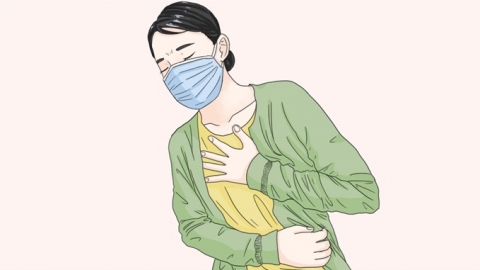What are the symptoms of white lung in interstitial pneumonia?
Generally, pulmonary whitening in interstitial pneumonia indicates inflammation affecting the lung interstitium. Its symptoms mainly include dyspnea, cough, pulmonary rales, weight loss, fatigue, etc. The specific analysis is as follows:

1. Dyspnea: When pulmonary whitening occurs in interstitial pneumonia, dyspnea often appears, primarily noticeable after physical activity, such as walking or climbing stairs, where one feels short of breath and experiences an increased respiratory rate. As the disease progresses, even at rest, dyspnea may occur, and in severe cases, it can affect sleep and daily activities.
2. Cough: Patients often experience coughing. Initially, the cough is mostly dry with little or no sputum production, varying in severity. Sometimes the cough worsens at night or in the early morning. As the pulmonary lesions progress, the cough may become more frequent and persistent. In some cases, severe coughing can disturb rest.
3. Pulmonary Rales: Upon auscultation, physicians may hear specific rales in the lungs, typically fine crackles resembling the sound of tearing nylon cord, more pronounced at the end of inspiration. The presence of such rales correlates with changes in alveolar structure caused by interstitial inflammation and is one of the typical signs of pulmonary whitening in interstitial pneumonia.
4. Weight Loss: Due to impaired pulmonary function, the body's energy expenditure increases, and appetite may also be affected, leading to reduced food intake and subsequent weight loss. The longer the disease persists, the more pronounced the weight loss may become, possibly accompanied by physical emaciation and reduced muscle strength.
5. Fatigue: Patients often experience significant fatigue, which is difficult to relieve even after adequate rest. This fatigue is related to hypoxia and abnormal energy metabolism in the body, leading to decreased exercise tolerance, reluctance to engage in physical activity, and a certain degree of impact on quality of life.
Patients are advised to keep warm in daily life, avoid colds, and reduce the risk of pulmonary infection. At the same time, maintain fresh indoor air, avoid exposure to irritants such as dust and smoke, and appropriately perform respiratory function exercises, which can help improve pulmonary function.




